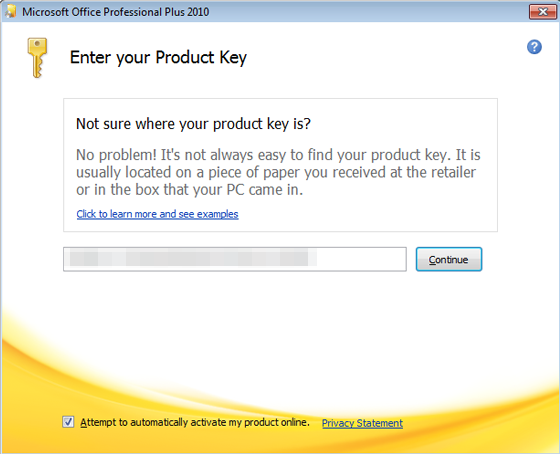

Office 2013 server products (SharePoint Server 2013, SharePoint Foundation 2013, and Project Server 2013) support the 64-bit edition of Windows Server 2008 R2 Service Pack 1 (SP1) Standard, Enterprise, Data Center, or Web Server, and Windows Server 2012 with the. The 32-bit Windows-based applications run on 64-bit Windows, which allows for compatibility with 32-bit Office applications and add-ins.

This is the default installation on 64-bit Windows operating systems. The 32-bit Office client is supported as a WOW64 installation. The 64-bit Office client can be installed only on 64-bit editions of Windows 7, Windows 8, Windows Server 2008 R2, and Windows Server 2012 Office 2013 client does not support Windows XP or Windows Vista.

#View office 2013 product key registry windows 8#
The supported Windows operating system editions for 64-bit Office 2013 client include the following:Ħ4-bit editions of Windows 7 and Windows 8 Supporting 32-bit Office 2013 applications that run on 64-bit operating systems allows for better compatibility with controls, add-ins, and VBA. In some cases, 64-bit Visual Basic for Applications (VBA) solutions may have to be modified to interface with system APIs and other imports. Office 2013 lets users continue to use existing Microsoft ActiveX Controls, Component Object Model (COM) add-ins, which are primarily 32-bit because no 64-bit versions are available yet for many add-ins. WOW64 is the x86 emulator that enables 32-bit Windows-based applications to run seamlessly on 64-bit Windows systems. Office 2013 also provides support for 32-bit Office 2013 applications that run on 64-bit Windows operating systems by using Windows-32-on-Windows-64 (WOW64). Therefore, the 32-bit version of Office 2013 is installed by default. The 32-bit version of Office 2013 provides the same functionality as the 64-bit version and is also compatible with 32-bit add-ins. For example, this additional capacity is needed only by those Excel users who require Excel spreadsheets to access more than 2 gigabytes (GB) of addressable memory. Office 2010 introduced native 64-bit versions of Office products to take advantage of this larger capacity. This lets users work with much larger data sets than they could previously, and to analyze and solve large computational problems. The 64-bit systems can use more virtual and physical memory than 32-bit systems. Processors that are 64-bit are becoming the standard for systems that range from servers to desktop computers. Summary: Provides information about 64-bit editions & 32-bit of Office 2013, supported operating systems, deployment, and installation recommendations.Īpplies to: Office 2013 | Office 365 ProPlus.


 0 kommentar(er)
0 kommentar(er)
